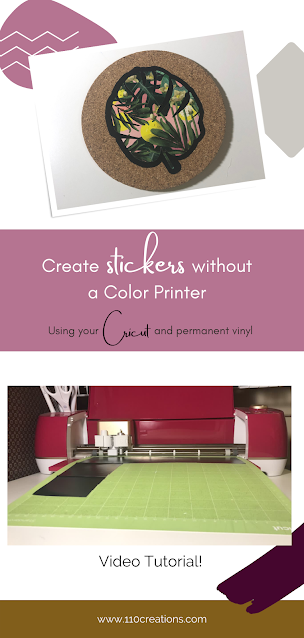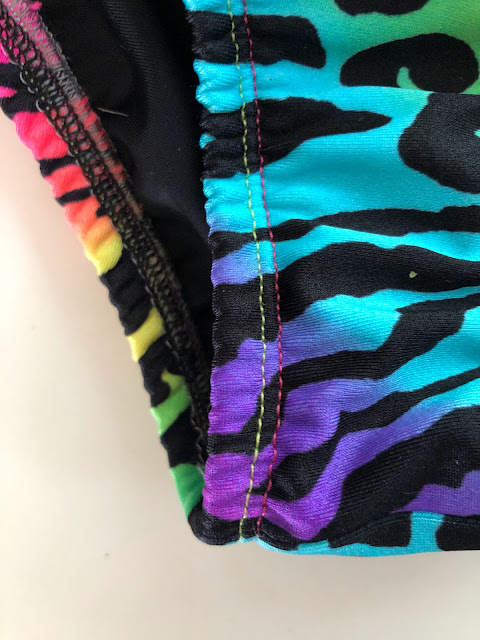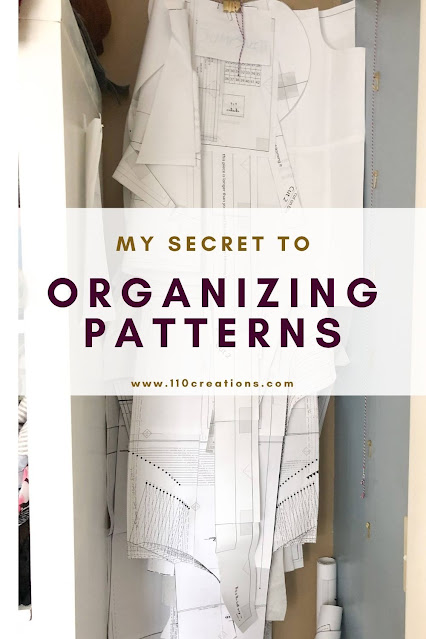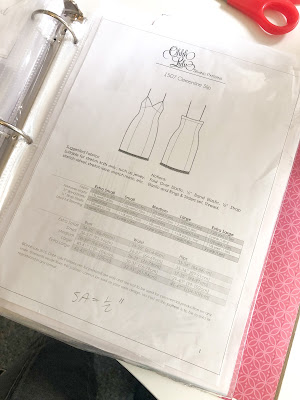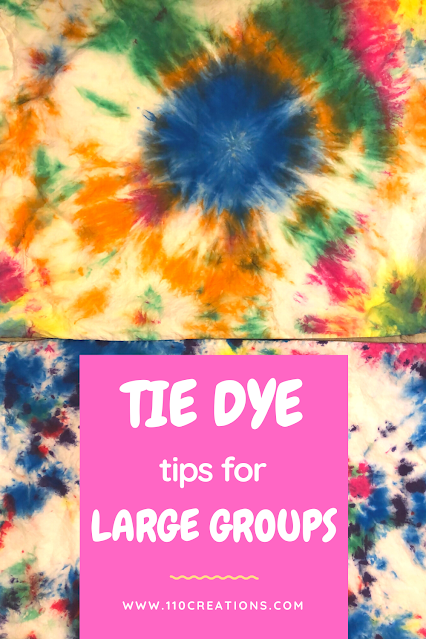This post contains affiliate links.
Hi friends! Summer is here and that means camps, outdoor activities, and trying to keep kids busy. I was recently asked to lead a tie dyeing activity at my church's camp for late elementary aged kiddos, and I'm here to share my tips for making this fun project work for a large group!
The number one thing I learned through this experience is that tie dyeing is a quick project TO DO but a long project TO PREP. And to...post-prep? I couldn't have managed without an amazing helper, who also happened to be a former preschool teacher. Preschool teachers are experts on patience and messy play! She and I split a lot of the prep and that made a huge difference. I'm not going to talk about prep or post-washing here, these tips focus on streamlining the project on the day.
We had somewhere close to 100 kids that tie dyed pillowcases. Pillowcases ended up being a great choice, better than t-shirts, because there was no sizing to worry about. We worked with rotations of 15-20 kids for about 45 minutes each, which was plenty of time. You should definitely allow 10-15 minutes in between groups to clean up and reset your stations. For that many kids at one time, we needed four large tables.
TIP 1: Buy a kit
Make life easier on yourself and get a
large group kit from Dharma Trading Co. Just do it. This is not an affiliate link so I'm 100% objective here! We ordered two of the large kits and I dumped a significant amount of dye afterward...we probably could have done with one kit and extra squeeze bottles. The kits came with rubber bands, powdered dyes, gloves, an info booklet and soda ash. At the same time, you can grab whatever it is you want to dye (we got our pillowcases here too). I also had plenty of paper towels on hand and used dollar store foil trays with cookie sheets on top as our dye stations (keep reading for a photo of our dye setup). Lastly, buy a big box of gallon ziploc bags to hold each dyed item for the 24 hour curing time.
TIP 2: Label all items with Sharpie ahead of time
There is nothing worse than someone doing all the work to dye and then you losing track of who had what. We took the time to label, in Sharpie, each and every pillowcase with the camper's name and cabin number. You want to do this when the pillowcases are dry, because the next step is soaking in water/soda ash and keeping them wet until it's time to dye. Throughout the prep and washing afterward, we kept each group together as well. You can get fine point Sharpies like we used, to minimize the size of the writing,
here.
TIP 3: Bring samples and photos
I wasn't sure of the best way to teach or demonstrate to so many kids. Almost everyone had done some tie dye before, and had no trouble with the dye part. But the folding and tying were harder and everyone needed a refresh there. Dharma sent a great little booklet with their kit that had full color photos of different tying techniques and what sort of design it would create. I ripped out the pages, laminated them, and was able to use them as visual aids while explaining the techniques.
Bonus of making samples, you get to dye them!
I pre-tied a few samples to show how they were supposed to look. I also had one pillowcase that wasn't tied at all, so that I could demonstrate from start to finish how to tie for each design. I stuck with the simple ones, swirl, cirlces, and speckles. Just make sure to emphasize to the kids that they can tie them however they want, these are just ideas.
TIP 4: Label the dye bottles and keep colors simple
Before I took on the task of the large camp, I helped out at our church preschool when they tie dyed shirts. It was a great trial run of the process with a small group of younger kids. One thing I noticed was that the colors of dye were super hard to identify once they were bottled. Purple and blue looked the same, red and pink looked the same. For my large group, I put masking tape on the bottles and wrote the color in large letters.
Dharma offers a zillion colors with fun names like Fire Red and Cobalt Blue. But unless you want to spend half your time telling a 10 year old what "cobalt" means, do yourself a favor and just call it BLUE. I made Red, Orange, Yellow, Green, Blue, Purple, and Pink and it was totally fine.
TIP 5: Encourage something other than rainbow
I get it. Everybody likes a rainbow. I have nothing against rainbows, but I do object to everyone being the same! When I worked with the preschool kids, 99% wanted to do a rainbow. Boring! Not to mention time-consuming, as each kid wants the same 7 colors at the same time. So when it came time to instruct the bigger kids on colors, I purposefully told them to think outside the box. I asked them to use their imaginations and do something other than rainbow colors. Obviously many still did a rainbow, but I like to think that we ended up with far more interesting color combinations with just a little encouragement.
TIP 6: Tie and dye at different stations
I feel sorry for our first group of kids, because they were the guinea pigs! We quickly realized that having everyone tie their pillowcases at the same table where they were supposed to dye, did not work, especially if you will have multiple groups in a row. Dye will be everywhere at the dye stations, and it's impossible to tie and keep the items clean under those circumstances. If you have the space, I highly recommend a large, clean table where kids are doing all the tying. Put the gloves, rubber bands, and sample pictures on that table. Have the dye stations set up separately.
A related tip is to keep the dye away from the kids until everyone has finished tying. Otherwise, the kids will run straight to the dye and basically pay no attention to the tying step. This method also gives you a chance to give them your speech on thinking outside the rainbow BEFORE you hand them the dye bottles.
Despite all the prep work, every single kid I saw was SUPER excited to tie dye! It's basically a guaranteed hit. I hope these tips help you out with your large group tie dye project!

